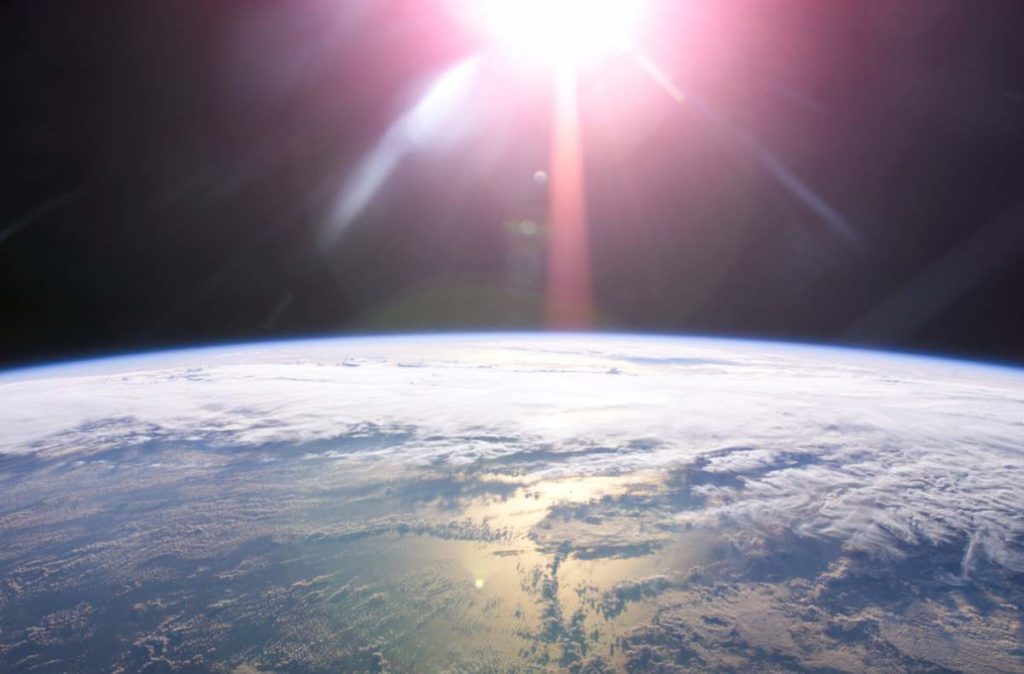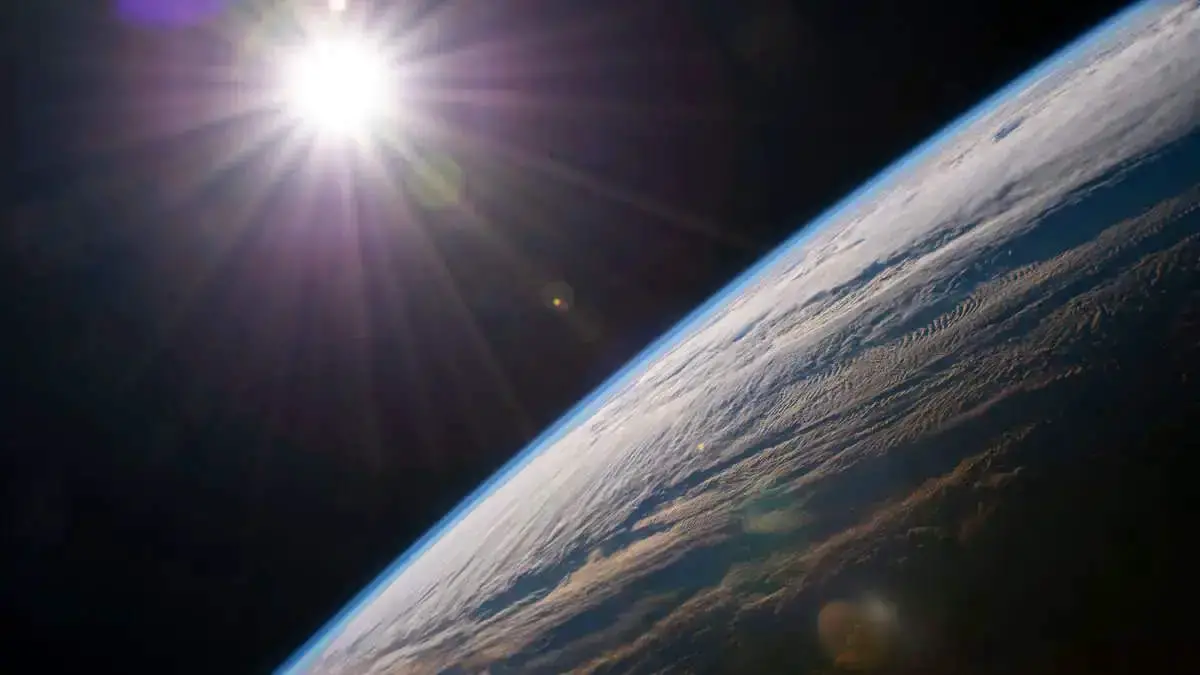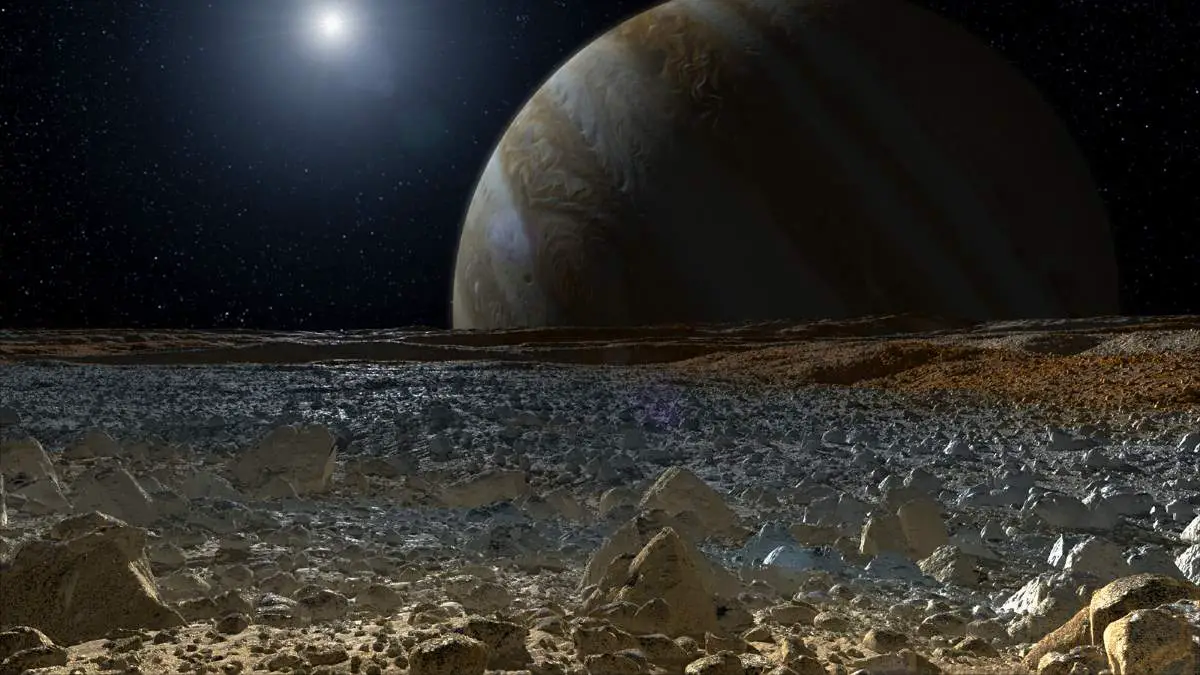The speed of light is the Universal speed limit – nothing can travel faster than light. In the vacuum (commonly denoted c), its exact value is 299,792,458 meters per second (around 186,000 miles per second). In other words, if you could travel at the speed of light, you could go around the Earth 7.5 times in one second.
It might seem blazing fast, but, in fact, when you think of the vast distances between the celestial objects in the Universe, the speed of light is actually torturously slow.
For example, Alpha Centauri, the nearest star system to the Sun is 4.3 light-years away from Earth – the light emitted from them takes 4.3 years to reach us.
Our Milky Way galaxy is around 150-200 thousand light-years in diameter. That means sending messages back and forth on either side of the galaxy would take hundreds of thousands of years. This is one of the reasons that there may be no Kardashev Type III civilization in the Universe (a civilization that can control its own galaxy – you can think of it as Isaac Asimov’s galactic empire in the Foundation series).
As Douglas Adams pointed out, “Space is big. Really big. You just won’t believe how vastly, hugely, mind-bogglingly big it is.”
Even in our own solar system, the speed of light is so slow, that communicating with spacecraft takes sometimes hours because of that. For example, it takes more than 21 hours for the signal to reach Voyager 1 (so it is more than 21 light hours away from the Earth).

Speed of Light: see how torturously slow it is
To put things into perspective, NASA Goddard Planetary Scientist James O’Donoghue created three animations to show how fast (or how slow) the speed of light is.
The first animation shows the light orbiting the Earth. The equatorial circumference of Earth is 40,075 km (24,901 miles). If our planet had no atmosphere (air refracts and slows downlight a little bit), a photon skimming along its surface could lap the equator nearly 7.5 times every second.
The second animation shows the light traveling between the Earth and the moon. The average distance between the Earth and the moon is 384,400 km (238,855 miles). It takes a little more than a second for a photon to cover that distance.
The third animation shows the light traveling between the Earth and Mars. Now the speed of lights starts looking really slow. And this is just Mars, one of the closest planetary bodies to Earth.
Please note that In theory, the closest that Earth and Mars would approach each other would be when Mars is at its closest point to the sun (perihelion) and Earth is at its farthest (aphelion). This would put the planets only 33.9 million miles (54.6 million kilometers) apart. However, this has never happened in recorded history. The closest recorded approach of the two planets occurred in 2003 when they were only 34.8 million miles (56 million km) apart.
It would take around 140 hours to reach the edge of the solar system a photon emitted by the Sun – see the previous article titled “Leaving the Solar System at the Speed of Light“.
What Star Trek’s warp speeds would actually look like with real distance, in real-time
Dr. James O’Donoghue published another video showing what Star Trek’s warp speeds actually look like with real distance, in real-time.
Sources
- How Fast Does Light Travel? | The Speed of Light on Space.com
- “The speed of light is torturously slow, and these 3 simple animations by a scientist at NASA prove it” on Business Insider
- The speed of Light on Wikipedia
- How Long Does It Take to Get to Mars? on Space.com
- Warp Drive on Wikipedia
- Moon Landings: All-Time List [1966-2025] - February 2, 2025
- What Is Max-Q and Why Is It Important During Rocket Launches? - January 16, 2025
- Top 10 Tallest Rockets Ever Launched [2025 Update] - January 16, 2025


